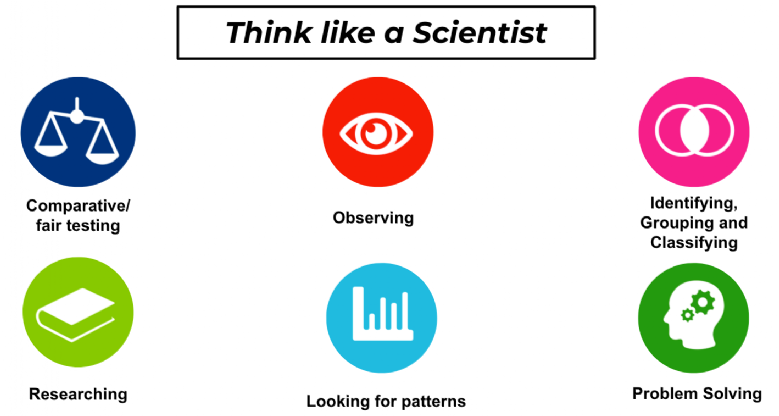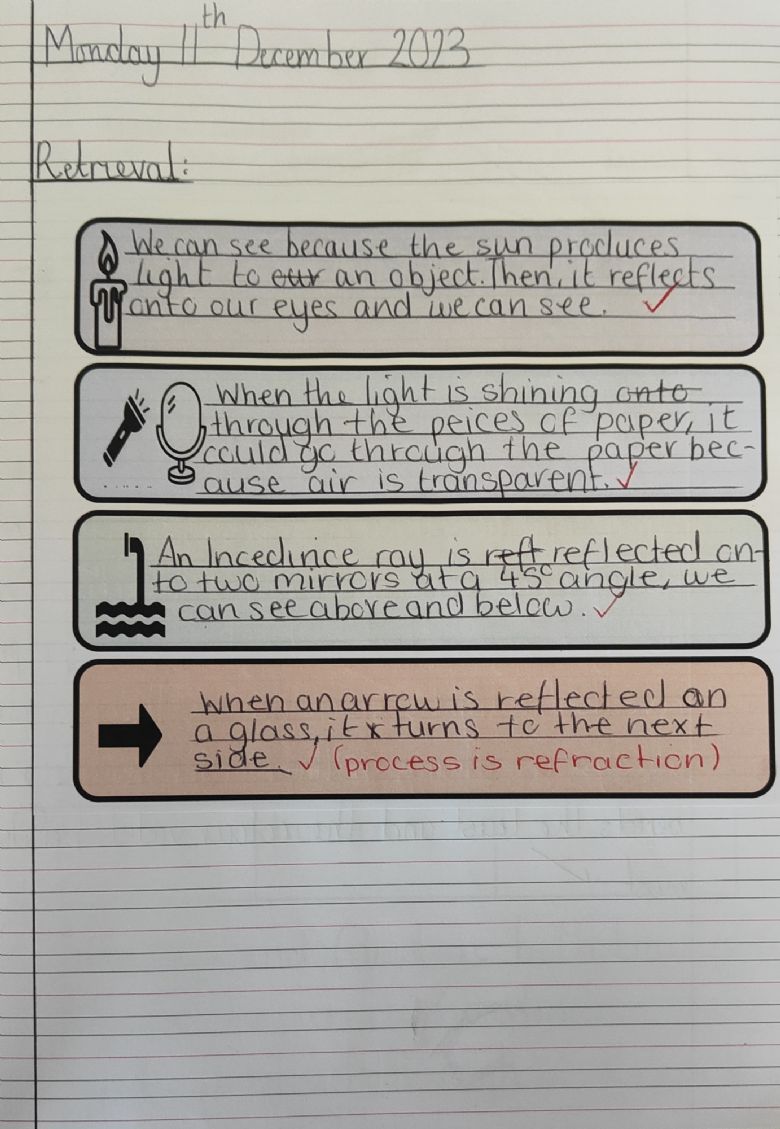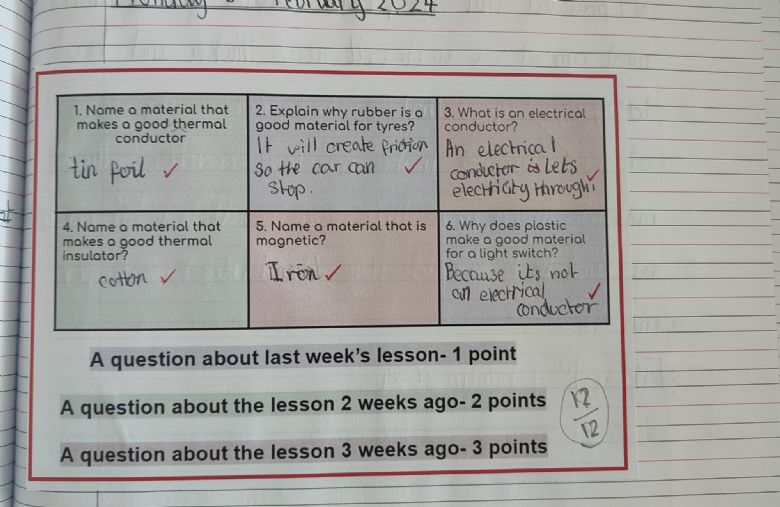
Science
The teaching of science follows the objectives laid out in the National Curriculum. We value science as a core subject and want our pupils to learn key scientific vocabulary and knowledge – as well as the skills for scientific working. However, research in cognitive science tells us that knowledge is key to learning and that pupils can’t problem solve ‘like a scientist’ until they have the domain knowledge to do so – so this is our priority. Ultimately, we want our pupils to value their science learning, understand how the subject fits with real life situations and appreciate the work of famous scientists in terms of their impact on the world in which we live.
The REMAT science curriculum’s lesson design is based on an EPIBA model (Engage, Prior Learning, Introduce, Build, Apply). Pupils are introduced to substantive knowledge and make links to prior knowledge in order to build understanding. Disciplinary knowledge of working scientifically occurs in the deepen and apply section of lessons where pupils regularly access practical investigation or use of scientific models independently.
To further support teachers, we use the Primary Science Teaching Trust’s ‘Explore, Engage, Extend’ book to provide key aspects of background knowledge and advice on possible misconceptions that pupils may have. This understanding can also be used in conjunction with formative assessment tools that can help teachers see what pupils have properly understood (see research – Millar R. 2016). In addition, schools have the Primary Science Teaching Trust’s ‘Standing on the Shoulders of Giants’ resource that provides quality texts about the lives of key scientists, with these linked to experiments and ideas for practical demonstrations.

Retrieval Practice:
Retrieval practise is planned into the curriculum through spaced learning and interleaving and as part of a considered task. Retrieval is at the start of every lesson; quick quizzes and knowledge organisers are used to support this. Units are supported by identifying key vocabulary using a tiered approach.

